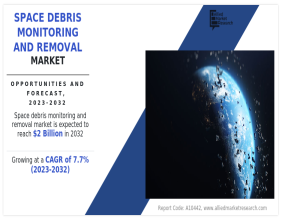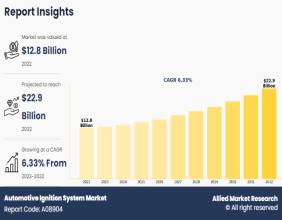Highlights
- Volkswagen demonstrates a broader revenue base with accessible valuation
- Dividend distributions differ significantly between the two companies
- Share price movement and institutional backing vary between the firms
In the automotive industry, companies operate on different scales and with distinct business approaches. Volkswagen (OTC:VWAGY) and PACCAR (NASDAQ:PCAR) stand out as major players that address varied market segments. Both companies maintain a global presence, with Volkswagen exhibiting a larger operational scale and PACCAR offering specialized commercial vehicle solutions. The industry is characterized by competition in revenue generation, operational efficiency, and the delivery of shareholder returns.
Financial Overview
Volkswagen leads with a comprehensive revenue stream and earnings profile that surpasses that of PACCAR. The financial structure of Volkswagen allows for an accessible valuation ratio, which sets it apart from its counterpart. PACCAR, while operating on a smaller scale, demonstrates robust earnings performance. The different financial footprints of these companies reflect their operational models and business scales. Financial metrics reveal that Volkswagen’s extensive revenue channels contrast with the more concentrated revenue generation observed in PACCAR.
Dividend Yields
Dividend distributions play a significant role in the distribution of earnings to shareholders. Volkswagen offers a dividend yield that is notably higher than that of PACCAR. Despite the differences in per-share dividend amounts, both companies maintain solid payout ratios. The manner in which each company allocates a portion of its earnings to dividends is reflective of its overall financial strategy and commitment to returning value to shareholders.
Volatility and Ownership Structure
Share price movement varies distinctly between the two companies. Volkswagen experiences more fluctuations in its share price compared to PACCAR, which exhibits a more stable performance in the marketplace. Furthermore, PACCAR benefits from strong backing by major institutional investors, which adds to its stability. This difference in share price movement and the distribution of ownership stakes among institutional participants contributes to a varied investment landscape within the automotive sector.
Profitability and Market Perception
Profitability metrics highlight a contrast in efficiency between the companies. PACCAR shows a higher efficiency level, demonstrating a more effective use of operational resources in generating earnings. Meanwhile, Volkswagen, with its larger revenue base, maintains a profitability profile that appeals to a different segment of market participants. The operational effectiveness of PACCAR in converting revenue into profit is clear when compared with the broader, more diversified revenue model of Volkswagen. Each company occupies a unique position in the competitive environment of the automotive industry, with differing strengths that resonate with various market observers.




